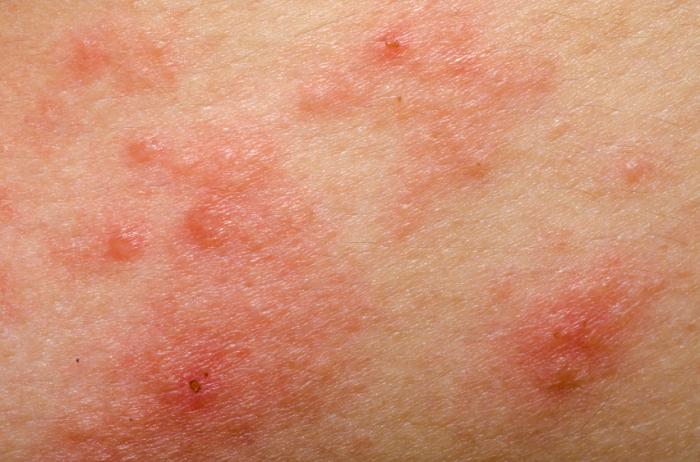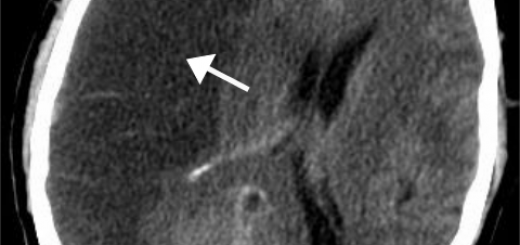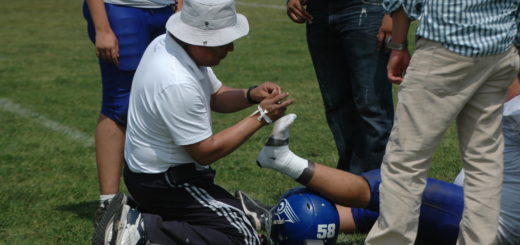Eczema in Babies and Children
Dermatitis, or eczema, is a broad term used to describe dry, itchy inflammation of the skin occurring most commonly among children under the age of two. The two primary types of eczema are atopic dermatitis and contact dermatitis. The underlying cause of atopic dermatitis is dry, highly sensitive skin, but certain allergies—most commonly to foods, pollens, or house dust— known to precipitate and aggravate the rash. Contact dermatitis, on the other hand, is an acquired allergy or irritation that develops only after a susceptible person has repeated contact with a specific substance, such as poison ivy, strong soap or other chemicals. Many cases of infantile eczema disappear by the age of three. About half of affected children, however, go on to develop asthma or allergic rhinitis.
What Causes Eczema?
The causes are not completely understood, but the condition seems to run in families with a history of allergies and occur most often in children who have sensitive skin. Scratching aggravates the condition, often leading to broken skin and bacterial infection. Eczema can also be aggravated by heat, humidity, abrasion and soaps, or by psychological stress.
Signs and Symptoms of Eczema
The first signs usually develop by the age of three months. Red, scaly, sometimes oozing patches typically appear on the baby’s cheeks, followed by inflammation of the scalp, arms and legs. In toddlers and older children, the patches are drier, and they occur mainly on the neck, wrists and ankles, and in the creases of the elbows and the knees. In severe cases, the affected skin becomes thick and leathery. Eczema rashes are extemely itchy, and they tend to make children cranky and irritable.
Contact dermatitis also causes an itchy rash, sometimes accompanied by blistering. But unlike atopic dermatitis, contact dermatitis develops only where the allergen has touched the child’s body. Common contact allergens include poison ivy, sumac and oak, as well as nickel, glues and dyes used in leather products and clothing, cosmetics, strong soaps and certain fabrics and medications.
Treatment Options for Eczema
The most effective way to prevent and minimize flare-ups is to keep the child’s skin moisturized, treat inflammation and identify and remove irritating substances from the child’s environment. The doctor can prescribe a cortisone-containing cream to relieve itching and inflammation. Once the rash is under control, treatment usually is switched to nonmedicated moisturizers to soothe the child’s skin. The pediatrician also may prescribe an antihistamine to control itching. If the skin is broken and infected, a course of antibiotics may be necessary.
Caring for a Child with Eczema
Eczema is essentially harmless, but it can make a child miserable. The following guidelines can help parents stop the itch-scratch-itch cycle.
- Keep fingernails and toenails short and clean to minimize scratching. If scratching is severe, wrap the baby’s hands in soft cotton gloves or socks and pin them to the shirt cuffs.
- Bathe the child in lukewarm water only a few times a week, using a mild, moisturizing bath and nonsoap cleanser.
- Use skin moisturizers frequently.
- Dress the child in soft, all-cotton fabrics. Avoid wool and rough materials.
- Avoid hairy, furry stuffed animals and dolls.
- Launder clothes in mild detergent, and rinse well
- Avoid extremes of temperatures and excessive perspiration.
- Make sure your child gets enough rest.
- Try to identify irritating substances and eliminate them from the child’s diet and environment.






